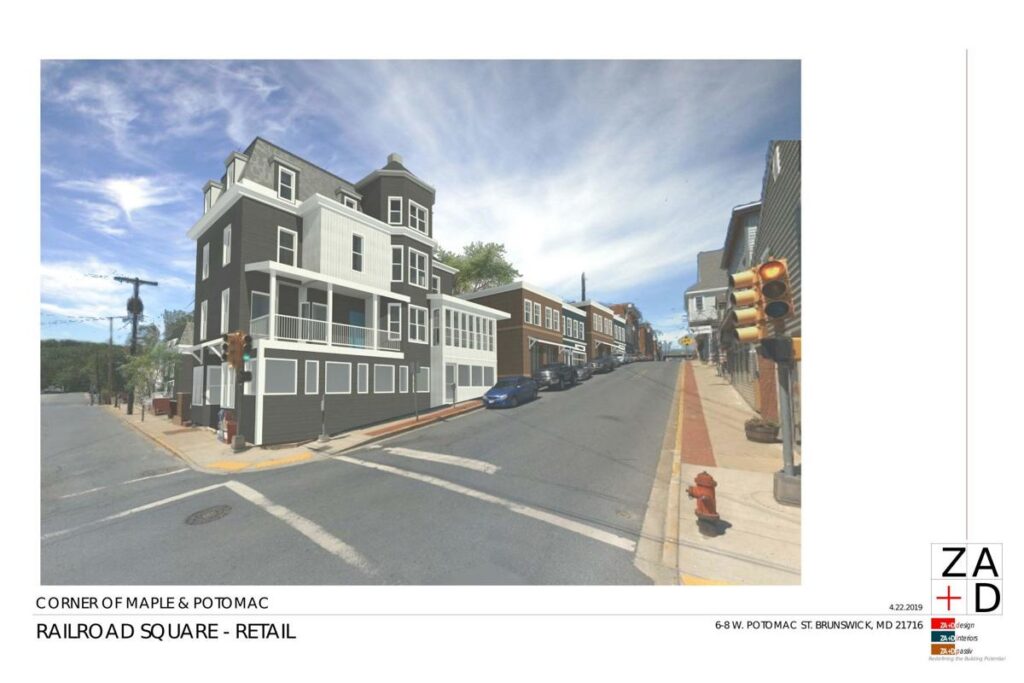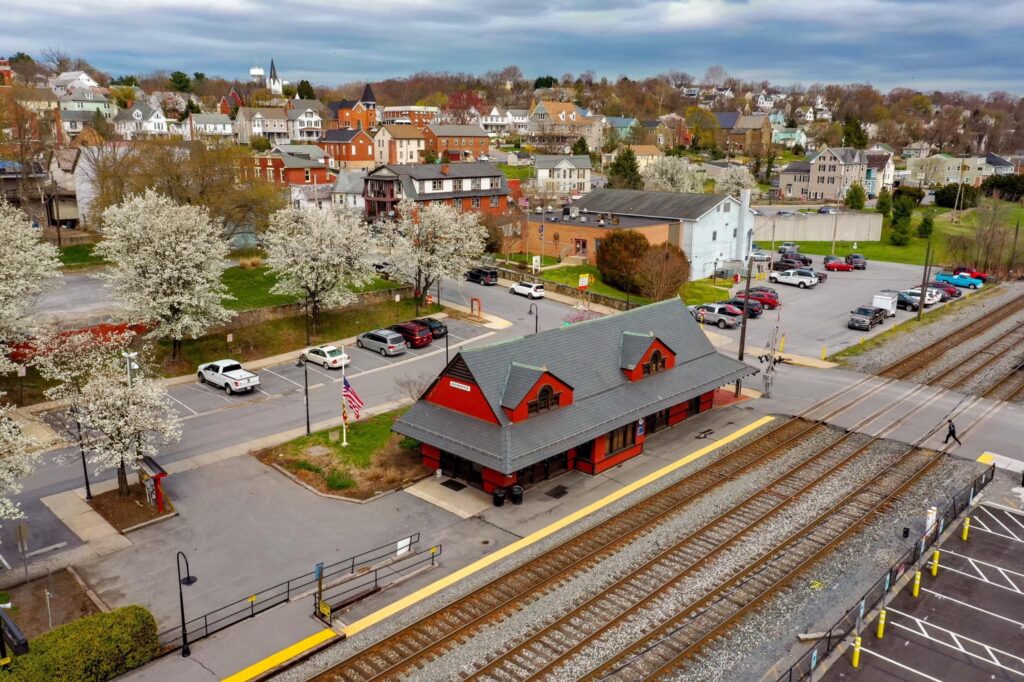Photo by Raymond Whitacre (via Pinterest)
The FWD #210 • 930 Words
Guest Co-author: Maggie Pelta-Pauls, Maryland-based historic preservationist and public historian
Building relationships between housing and historic preservation
Affordable housing and historic preservation are too often relegated to specialists who work within their own echo chambers and have very little overlap. Those with planning backgrounds may have a more comprehensive understanding of how these issues are connected, but misconceptions (and some hard truths) persist that leave many in both fields believing their goals are at odds.
In response to the growing awareness of the national housing crisis, federal preservation bodies are becoming more vocal about how these two fields should unite to solve land use issues. This includes the Advisory Council on Historic Preservation (ACHP), which released their housing statement in December 2023.
According to the council’s chair, Sara Bronin, they felt to compelled to write their housing statement for three primary reasons:
- There is a clear housing affordability and availability crisis
- Reusing existing/historic buildings is part of the solution, and density has always been a hallmark of historic neighborhoods
- Preservation is sometimes perceived as a barrier to housing development.
Why is this significant?
The ACHP advises the White House and Congress on historic preservation policy. Their housing statement will guide the execution of the National Historic Preservation Act as well as advise all levels of government and the private sector on the role of historic buildings in addressing housing affordability. This new policy statement paves the way for greater collaboration with housing.
In adopting this policy statement, the ACHP supports the White House’s Housing Supply Action Plan, including its provisions on commercial-to-residential conversions and accessory dwelling units.
Below are the primary policy principles covered in the statement:
- additional historic tax incentives and easier ways to pair such incentives with housing and energy tax incentives;
- zoning code changes that encourage greater density and availability of housing in tandem with preserving historic buildings, allow for mixed uses, and allow housing in historic buildings in areas where it is now prohibited;
- changes in building codes to create more flexible standards facilitating conversion of nonresidential historic buildings to residential use;
- updated interpretations of the Americans with Disabilities Act to prioritize accessible design solutions for historic housing;
- government disposition or outleasing of excess or underutilized historic government buildings for housing development;
- expanded federal guidance regarding reuse and rehabilitation of historic properties for housing and encouragement of flexible yet consistent application of such guidance; and
- expedited development of housing projects through efficient and effective permitting processes and environmental reviews while still ensuring full consideration of potential impacts to historic properties.
Creatively interpreting preservation
As a field, preservation is often critiqued as being inflexible for developers and individuals wishing to adapt a site for a new use. Planners who want their communities to adapt and change while preserving their unique historic characteristics often experience these things as contradictory, especially in cases where Section 106 applies.
What is Section 106?
Section 106 of the National Historic Preservation Act of 1966 (NHPA) requires federal agencies to consider the effects on historic properties of projects they carry out, assist, fund, permit, license, or approve throughout the country. If a federal or federally-assisted project has the potential to affect historic properties, a Section 106 review will take place.
As covered recently in the National Alliance of Preservation Commissions’ joint webinar, often the focus of discussion in housing is around production and less so on preserving affordability and housing stock long-term (beyond the LIHTC’s 30 to 50 year requirements). While CLTs and other mechanisms are growing in popularity, preservationists can use their expertise in this arena to aid housing efforts with additional funding streams. Also discussed in the webinar was the importance of case studies and examples of how this unique partnership can be realized. In Roanoke, Restoration Housing is innovating in this space by revitalizing historic properties for new rental options.

In one example, they combined CDBG and Historic Tax Credits to fund the bulk of a $350,000 renovation, allowing Restoration Housing to keep rents affordable for low-income families.
Across the Potomac River from Loudoun County, Brunswick, Maryland is also illustrating how cooperation between housing advocates and preservationists can result in greater outcomes for economic development, preservation, and housing production. A new housing development by Taft-Mills Group (TMG) in partnership with Interfaith Housing Alliance (IHA) in the city is transforming an underutilized lumber yard into an affordable multi-family infill development.
In the planning process, a Section 106 review was initiated and helped identify sites to be saved and rehabilitated for public use, including the Berlin House, which will be turned into a community heritage venue, and the Mommers building, which will be repurposed as a mixed-use affordable housing and commercial space bordering new Main Street revitalization efforts.
Rather than the Section 106 process being a barrier to the proposed infill project, the city, the developer, and the community used this opportunity to think through how one project could help bolster additional development and preservation of historic sites in the downtown area. When all projects are completed, Brunswick will have maintained its unique character and sense of place while bringing exciting new energy to a historic city.

We covered office to housing conversions last year in the FWD, a part of the growing adaptive reuse trend that is bringing YIMBYs and NIMBYs together. The housing and preservation industries should continue to work together to realize goals in both fields and create beautiful, readapted sites. We will continue to cover this important intersection and showcase examples of this collaboration done well.
